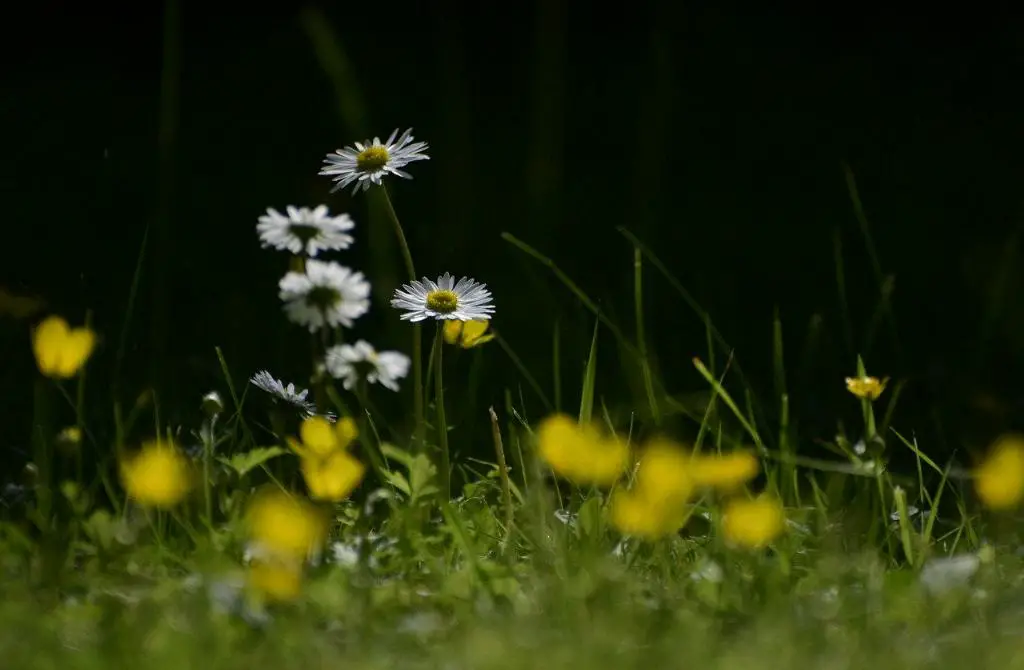When it comes to mowing a wet lawn, there are several important factors to consider. While it may be tempting to tackle your grass even when it’s damp, it’s generally best to wait for wet grass to dry before firing up your mower. Here’s why:
1. Potential Lawn Damage
Wet grass is more prone to damage when mowed because the blades of grass are softer and more likely to be torn rather than cleanly cut. This can leave your lawn vulnerable to diseases and pests that may take advantage of the stressed grass.
2. Mower Issues
Mowing wet grass can also cause problems for your lawn mower. Wet grass clippings can clump together, clogging the mower deck and hindering its efficiency. This can lead to a less effective cut and potential damage to your mower.
3. Uneven Cut
When mowing wet grass, it’s more challenging to achieve an even cut. The wet grass blades may bend over rather than stand upright, making it difficult for the mower blades to cleanly slice through the grass at a uniform height.
4. Increased Risk of Slipping
Walking on a wet lawn while mowing can be hazardous. Wet grass can be slippery, increasing the risk of slipping and potentially injuring yourself while operating the mower.
5. Lawn Aesthetics
Mowing a wet lawn can result in a less aesthetically pleasing cut. The wet grass clippings may clump together and create unsightly patches on your lawn, detracting from its overall appearance.
6. Lawn Health
Healthy lawns are best maintained by mowing when the grass is dry. Mowing wet grass can stress the turf and compromise its health, making it more susceptible to issues such as disease and weed infestations.
7. Time and Effort
Mowing a wet lawn can require more time and effort than mowing dry grass. The clumping of wet grass clippings may necessitate additional raking and clean-up to ensure a tidy finish, adding to the overall mowing time.
8. Soil Compaction
Mowing wet grass can contribute to soil compaction, especially if the ground is soft and saturated. The weight of the mower on wet soil can compress the earth, reducing air circulation and water absorption in the soil.
9. Grass Health
Healthy grass depends on proper mowing techniques. Mowing wet grass can weaken the grass blades and inhibit their ability to photosynthesize efficiently, impacting the overall health and vigor of your lawn.
10. Environmental Impact
Mowing wet grass can have environmental implications as well. Wet grass clippings left on the lawn can block sunlight and air circulation, creating a breeding ground for pests and diseases that can harm your lawn over time.
11. Safety First
Ultimately, the safety of both you and your lawn should be a top priority. Waiting for wet grass to dry before mowing ensures a safer mowing experience and promotes the health and longevity of your lawn.

12. Final Thoughts
In conclusion, while it may be tempting to mow a wet lawn for convenience, it’s best to exercise caution and wait for the grass to dry before mowing. By following this simple practice, you can ensure the health, appearance, and longevity of your lawn while also maximizing the effectiveness and efficiency of your mowing efforts.
